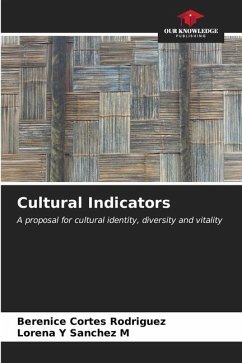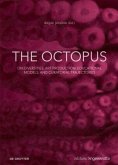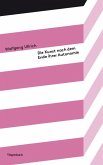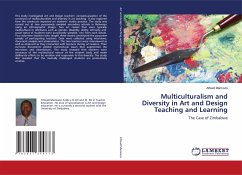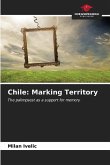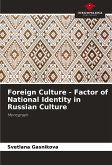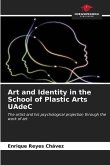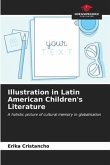There are few studies on cultural indicators, and none in the local context, being the basis for analysis, diagnoses, and consequently action plans; their lack continues to produce activities and services of questionable quality where there is no control or identification of variables. Most of the cultural indicators present so far involve only the recording of cultural heritage analyzed from its economic dimension. That is why the present work is oriented to generate a proposal of indicators beyond the economic dimension, which allow measuring the vitality, diversity and cultural identity in relation to popular arts and traditional crafts, applied to a specific territory as a pilot, with the purpose of recognizing the existing socio-cultural contexts, providing measurement tools for the cultural sector of the entity and at the same time obtaining in the future the support to justify the construction and proposal of public policies and/or actions of artistic and cultural management.
Bitte wählen Sie Ihr Anliegen aus.
Rechnungen
Retourenschein anfordern
Bestellstatus
Storno

